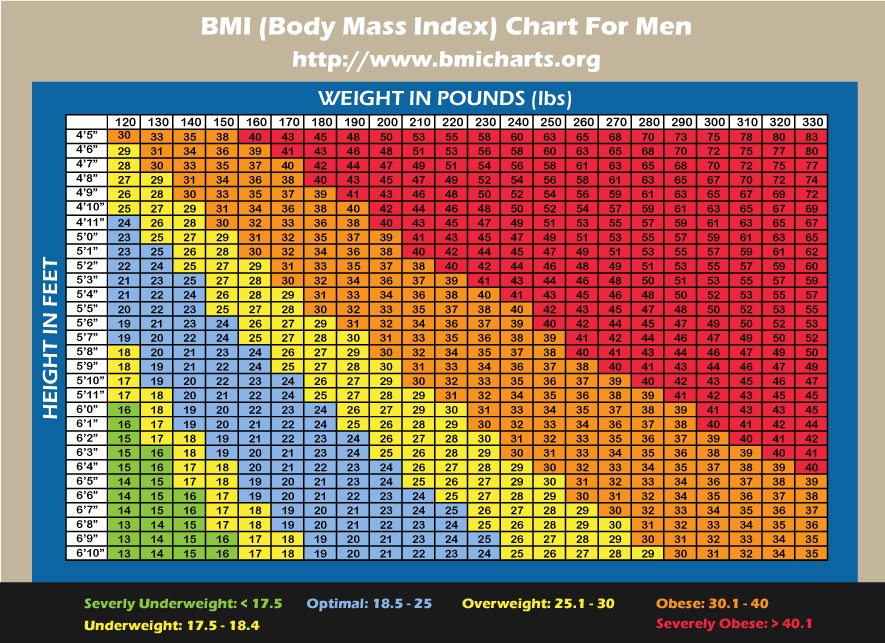
Generally, obesity is defined as a body mass index (BMI) equal to or greater than 30, which approximates 30 pounds of excess weight. Healthy weight is defined as a body mass index (BMI) equal to or greater than 19 and less than 25 among all people 20 years of age or over. It is important to understand what "healthy weight" means. To calculate the BMI using pounds, divide the weight in pounds by the height in inches squared and multiply the result by 703. The BMI equals a person's weight in kilograms divided by height in meters squared (BMI = kg/m2).

However, it may not be an accurate measurement of body fat for bodybuilders, certain athletes, and pregnant women. However, BMI is a useful general guideline and is a good estimator of body fat for most adults 19 and 70 years of age. BMI also does not provide information on a person's percentage of body fat. Not everyone agrees on the cutoff points for "healthy" versus "unhealthy" BMI ranges. The BMI measurement, however, poses some problems. The BMI uses a mathematical formula that accounts for both a person's weight and height. The body mass index ( BMI) is a measurement of choice for many physicians and researchers studying obesity.


Ideal weights vary from individual to individual and usually increase with age. If you're not satisfied with the results, take heart: There is no single ideal weight and height for men and women. This BMI calculator will let you screen yourself for obesity using the same tool doctors and medical researchers use.


 0 kommentar(er)
0 kommentar(er)
